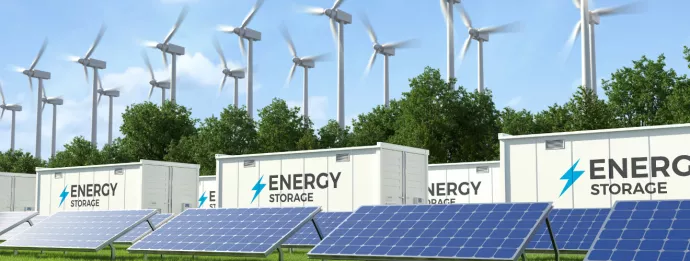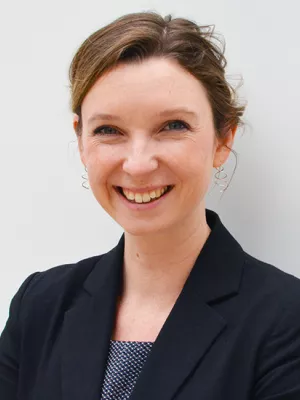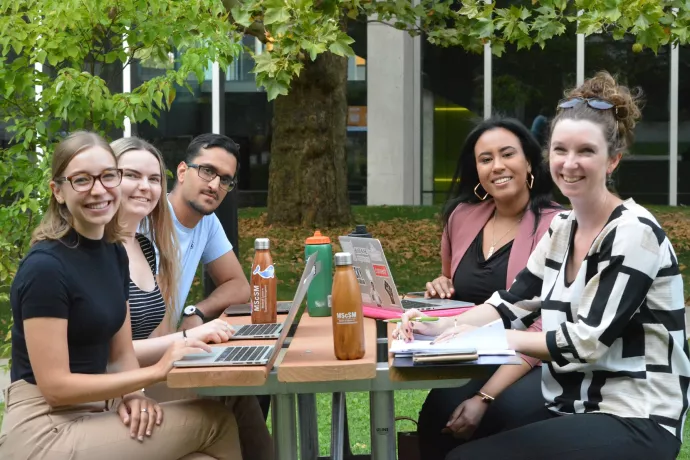
A novel approach to community energy solutions: The CanStore Enegy project
The U of T-led CanStore Energy project, with a $24 million dollar investment from the federal government, is finding innovative solutions to the capture of carbon, energy storage, and access to energy for communities across Canada. What’s particularly special about this project, however, is the team itself, and its community-first approach and collaborative interdisciplinary research team.

Professor Laurel Besco, an Associate Professor with UTM’s Institute for Management and Innovation and Geography, Geomatics and Environment is one member of this team, which is made up of individuals from multiple Canadian universities, communities and industries and led by U of T’s Climate Positive Energy Academic Director, David Sinton.
By engaging experts in a variety of fields (including anthropology, law, sustainability, physical science, engineering and beyond), the project engages a diverse community of researchers in the implementation of new technologies. Policy, social science, community and industry voices are brought to the solutions, alongside engineering and scientific perspectives.
This methodology of the project moves beyond the direct implementation of the technology; rather, it situates the solutions right in the community, taking past, current and future needs into consideration. The collaborative and community informed nature of the project compels Dr. Besco. “This project has a unique and novel approach which is, in part, why it is so exciting”, she says.
Engagement with the communities from the start of the project is incredibly important and is one of the reasons the project stands out in its approach as Besco explains in a video call. Often, technologies are implemented in well-meaning ways, but without working on the ground with interested parties with respect to what the communities want and need. In this way, projects run the risk of inadvertently implementing innovations that do not resonate with the local community.
The CanStore Energy project, however, has community engagement at the core, bolstered by contributors like Besco.
The time engagement for the project is 6 years. While this time scale may be long, says Besco, developing a holistic understanding of the community and building community rapport takes time. According to her, community engagement is important in understanding which groups have been traditionally marginalized from technological advances and ways the project can support these groups in achieving their full potential.
Even though the project is “very much in the beginning stages,” she says, the team is already having “preliminary conversations with our advisory board members and starting to build a picture of the communities we are working with.”

She looks forward to utilizing her skills in law and policy as “regulatory analysis skills will be extremely important as we build out our understanding of the technology and existing law and policy.” In recognizing the importance of her role, she also recognizes the expertise of others as it is the whole team (with its interdisciplinary expertise) that can truly leverage its collective knowledge to implement a community-based approach. She adds “no single person on the project has all the experience necessary and thus we are much stronger as a team.”
Learn more about this project in the U of T News, U of T Magazine, and the U of T School of the Envrionment.
